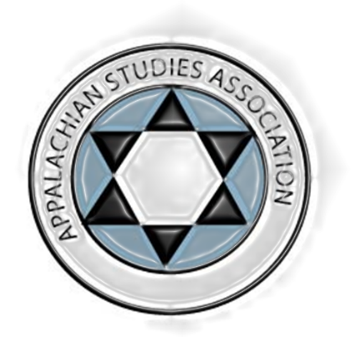Participation Type
Paper
Session Title
Session 6.03 Ethnicity and Race
The Holy Ghost in the Cherokee Mountains: Missionaries, Hymns, and Landscape Spirits.
Presentation #1 Abstract or Summary
Historical research demonstrates how the hymn “Come Holy Spirit” attributed to Martin Luther, became a unifying point among the various denominations of missionaries and early Cherokee Christians. Research centers on the relationship between North Carolina Baptist missionary Reverend Humphrey Posey and Cherokee Second Principal Chief Charles Renatus Hicks. Hicks interpreted a number of Posey’s sermons before the advent of the Cherokee syllabary, and the two sang “Come Holy Spirit” together at Springplace, the Moravian mission to the Cherokees, during a Sabbath service in the spring of 1819. After Sequoyah’s syllabary facilitated the rapid spread of Cherokee language literacy, the hymn was translated and printed in the 1839 Cherokee hymnbook. Emphasis is placed on the organized intentions of missionaries in Cherokee country and methods of Christian education using hymns and song. Metaphors of light and darkness, and dichotomized thinking through classifications of good and evil, exemplified in the hymn, attempted to shift Cherokee thinking about landscape relationships. But through their own traditions of knowledge acquisition and language literacy, Cherokees co-opted the hymn to fit Christian ideas into Cherokee categorizations of the world. Christianity underwent a Cherokee-izing process, and not the other way around. Cherokee knowledge systems, embedded in the mountain landscape, adopted European hymns and harmonies as a new mode of sustaining potent Cherokee traditions in the rapidly changing world of early nineteenth century Appalachia.
At-A-Glance Bio- Presenter #1
James Owen is a PhD student at UGA in US and Caribbean history. James' interdisciplinary research draws from indigenous studies, linguistics, ethnomusicology, and religious studies.
The Holy Ghost in the Cherokee Mountains: Missionaries, Hymns, and Landscape Spirits.
Historical research demonstrates how the hymn “Come Holy Spirit” attributed to Martin Luther, became a unifying point among the various denominations of missionaries and early Cherokee Christians. Research centers on the relationship between North Carolina Baptist missionary Reverend Humphrey Posey and Cherokee Second Principal Chief Charles Renatus Hicks. Hicks interpreted a number of Posey’s sermons before the advent of the Cherokee syllabary, and the two sang “Come Holy Spirit” together at Springplace, the Moravian mission to the Cherokees, during a Sabbath service in the spring of 1819. After Sequoyah’s syllabary facilitated the rapid spread of Cherokee language literacy, the hymn was translated and printed in the 1839 Cherokee hymnbook. Emphasis is placed on the organized intentions of missionaries in Cherokee country and methods of Christian education using hymns and song. Metaphors of light and darkness, and dichotomized thinking through classifications of good and evil, exemplified in the hymn, attempted to shift Cherokee thinking about landscape relationships. But through their own traditions of knowledge acquisition and language literacy, Cherokees co-opted the hymn to fit Christian ideas into Cherokee categorizations of the world. Christianity underwent a Cherokee-izing process, and not the other way around. Cherokee knowledge systems, embedded in the mountain landscape, adopted European hymns and harmonies as a new mode of sustaining potent Cherokee traditions in the rapidly changing world of early nineteenth century Appalachia.

